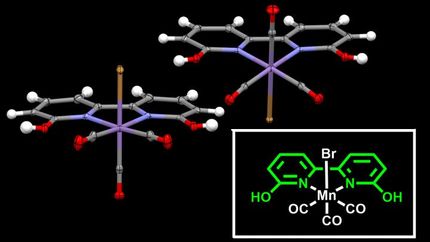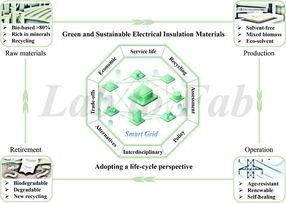2D Janus materials could harvest abundant hydrogen fuel
A new group of asymmetric 2D materials can readily catalyse the splitting of water into hydrogen and oxygen
Advertisement
Several studies have predicted that the water splitting reaction could be catalysed by certain groups of 2D materials – each measuring just a few atoms thick. One particularly promising group are named 2D Janus materials, whose two sides each feature a different molecular composition. Through new calculations detailed in EPJ B, Junfeng Ren and colleagues at Shandong Normal University in China present a new group of four 2D Janus materials, which could be especially well suited to the task.

Symbolic image
Computer-generated image
Since hydrogen releases an abundance of energy when combusted, with only water as a by-product, it is now widely seen as an excellent alternative to fossil fuels. Splitting water molecules involves a ‘redox reaction,’ where electrons and holes participate in reduction and oxidation reactions. Since they are excellent semiconductors, 2D Janus materials are particularly well suited to catalysing this reaction. When an electron in a semiconductor’s insulating ‘valence band’ absorbs a photon, it is excited to the material’s ‘conduction band,’ leaving behind a positively charged hole. In turn, these materials as both source and acceptors of electrons – allowing redox reactions to occur more readily.
In their theoretical study, Ren’s team examined a group of four of these materials: with one surface composed of either selenium or tellurium, and the other from either bromine or iodine – with both sides sandwiching a middle layer of astatine. In these semiconductors, the energies of their valence and conduction bands were far enough apart to prevent electrons and holes from readily recombining: allowing them to combine electrons and holes to produce hydrogen and oxygen. With all four materials displaying excellent stability and light absorption, the researchers believe they could be incredibly promising candidates for catalysing the water splitting reaction. If these results can be reproduced in experiments, Ren’s team hope the four materials could become a key element of the global effort to eliminate our carbon emissions in the next few decades.



























































